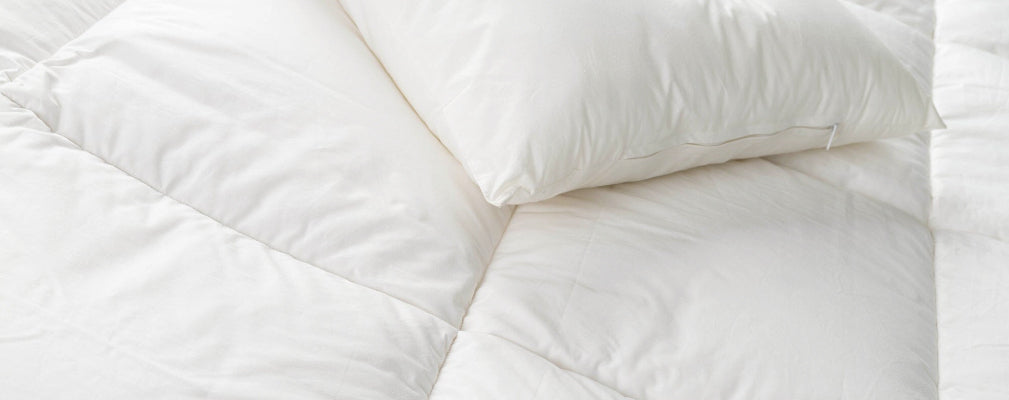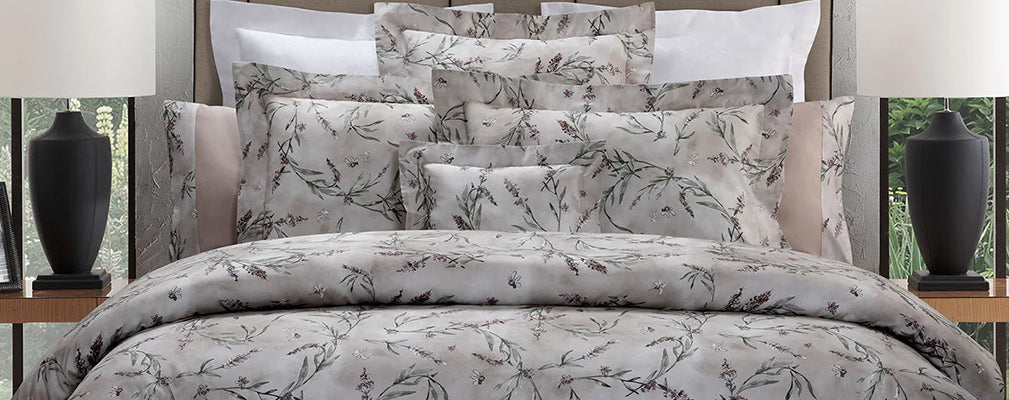Duvets differ from each other according to their thermal resistance, that is, their heat points. To increase them, simply increase the grammage, or density, of the filling.
When we talk about the heat points of duvets, we need to specify the meaning of thermal resistance (or thermal insulation). Within the textile industry it is measured in Tog: the more a product is able to retain heat, the higher the relative Tog value.
The word Tog appears to be derived from the Latin word "toga," meaning the garment used precisely to cover oneself, and is a unit of measurement derived from the following mathematical formula:
1 Tog = 0,1 m² K / W
Heat points of duvets: the scale from 2 to 5
There is a basic scale regarding the warmth of duvets, ranging from grade 2 to grade 5, which correlates the heat points of duvets, the respective Tog number and the degrees present in the bedroom:

- Grade 2 🡪 4.5 Tog - 6 Tog (ideal for mild or tendentially warm temperature, 21 degrees and up, insulates the body and keeps it cool)
- Grade 3 🡪 7.5 Tog (ideal for an average temperature, 18° to 21°, in a mild to fairly warm environment)
- Grade 4 🡪 9 Tog (ideal for a medium-cold climate between 17° and 18° or even less-from 16° on down-, in a little heated environment)
- Grade 5 🡪 10.5 to 12 Tog (ideal for a cold climate, less than or equal to 14°, in unheated environment)
How to choose the heat points of the most suitable duvet
This is a fairly subjective choice, depending on one's level of warmth or coldness, one must also consider an objective fact, namely the average temperature of the bedroom, which - experts suggest - should be between 15° and 19° to ensure proper sleep, even during winter.
If the home temperature is particularly harsh, four-season duvets are the ideal choice, consisting of the combination of a Medium one and a Light one, which can be combined together to make a heavier duvet, suitable for cold climates. The warmth grade of the duvet, in this case, will be 5.
 |
 |
 |





